Don’t tell Food Babe there are no goldfish in goldfish crackers
Sometimes I hope pseudoscientists consciously make stuff up to see how gullible people are. I do. I really do. I really hope people like Food Babe and Mike Adams are engaged in the worlds largest trolling session because the alternative is scary.
The alternative means Food Babe actually believes the verbal diarrhoea that falls out of her mouth.
The following text and accompanying photo has been found on Food Babe’s Facebook page.
“Beware of Food Industry Fake Outs. There’s no butter in that “Extra Butter” Pop Secret, NO peaches in the “Peaches & Cream Quaker Oats”, NO lime in those “Chili Lime Special K Cracker Chips”, NO orange, grape or lemon in that “Orange, Grape, Lemon Jello”, NO strawberries or bananas in that “Strawberry Banana Bash Trix Yogurt”, NO vanilla in that “Nesquick vanilla milk”, NO strawberry in that “Nesquick strawberry milk”, NO butter in that “Butter Pam”, NO real carrots in that “Betty Crocker Carrot Cake Mix”, and NO berries in that “Fruit Roll Up.” #FoodBabeArmy”
I’m not sure if there is a logical fallacy for what Food Babe is asserting but there certainly should be. Basically her entire argument boils down to “This is false advertising because it says the word cheese yet there is no actual cheese“.
Newsflash: There’s no tiger in Tasmanian Tiger either. No baby in baby oil. Pop Rocks are not made from actual rocks. There’s no crackers in cracker jacks cereal. There’s no corn in corned beef.
All of the food in that shopping trolley have flavours. There’s no actually vanilla bean in the vanilla Nesquik because the vanilla is a flavour. It should say so right on the container. Currently the Food Babe is crying over Natural and Artificial flavours. Remember: Food Babe only likes things that are natural – except flavours and chemicals derived from sacs located near beavers anuses (what’s more natural than a beavers anus?).
The American FDA defines as a “flavour.” According to section 101.22 of the Code of Federal Regulations Title 21 (21 CFR), a flavor is any ingredient “whose significant function in food is flavoring rather than nutritional“. A Natural flavour or natural flavoring means “the essential oil, oleoresin, essence or extractive, protein hydrolysate, distillate, or any product of roasting, heating or enzymolysis, which contains the flavoring constituents derived from a spice, fruit or fruit juice, vegetable or vegetable juice, edible yeast, herb, bark, bud, root, leaf or similar plant material, meat, seafood, poultry, eggs, dairy products, or fermentation products thereof, whose significant function in food is flavoring rather than nutritional“. Meanwhile an artificial flavor or artificial flavoring means “any substance, the function of which is to impart flavor, which is not derived from a spice, fruit or fruit juice, vegetable or vegetable juice, edible yeast, herb, bark, bud, root, leaf or similar plant material, meat, fish, poultry, eggs, dairy products, or fermentation products thereof“.
Natural flavouring means the flavouring is one that’s derived from a plant or animal. An artificial flavour, does not come from a plant or animal source, and instead is created from scratch in a laboratory.
The above post is simply yet another Appeal to Nature fallacy. While many of our medications have been derived from natural sources, the active ingredients have been extracted and synthesised in a laboratory to 1. Ensure only the beneficial substance is included in the medication – you don’t want to be ingesting anything harmful and 2. We can monitor the dosage of the substance to make sure no-one is harmed by too much of the active ingredient.
Natural sources aren’t always beneficial either – cyanide can be extracted from almonds but no-one is going to turn that into a natural flavouring. On the flip side, laboratory created flavours are indistinguishable from the natural flavours themselves.
Take Vanillin for example: Vanillin (C8H83) is one of the constituents that contribute to the distinct flavour and aroma of vanilla. It’s an organic crystal that forms on the outside of the vanilla bean. Although it does occur naturally, a cured vanilla pod only has about 2% dry weight of vanillin. The extraction of naturally occurring vanillin is not only expensive, but highly inefficient – meaning the demand for vanilla flavoring has always outweighed the supply. Which is where laboratory created vanillin comes in. The chemical structure for vanillin regardless of where it originates from is exactly the same – it’s just that one comes from a plant and the other comes from a lab. Chemically there is no difference. The path to creating it is just different. The vanilla flavouring in Nesquik is the same whether it is created from scratch in a lab or extract from the organic crystal that forms on the outside of the vanilla bean.
I feel like I am repeating myself (because I am) when it comes to the Food Babe so for the ease of future blog posts, I have created this: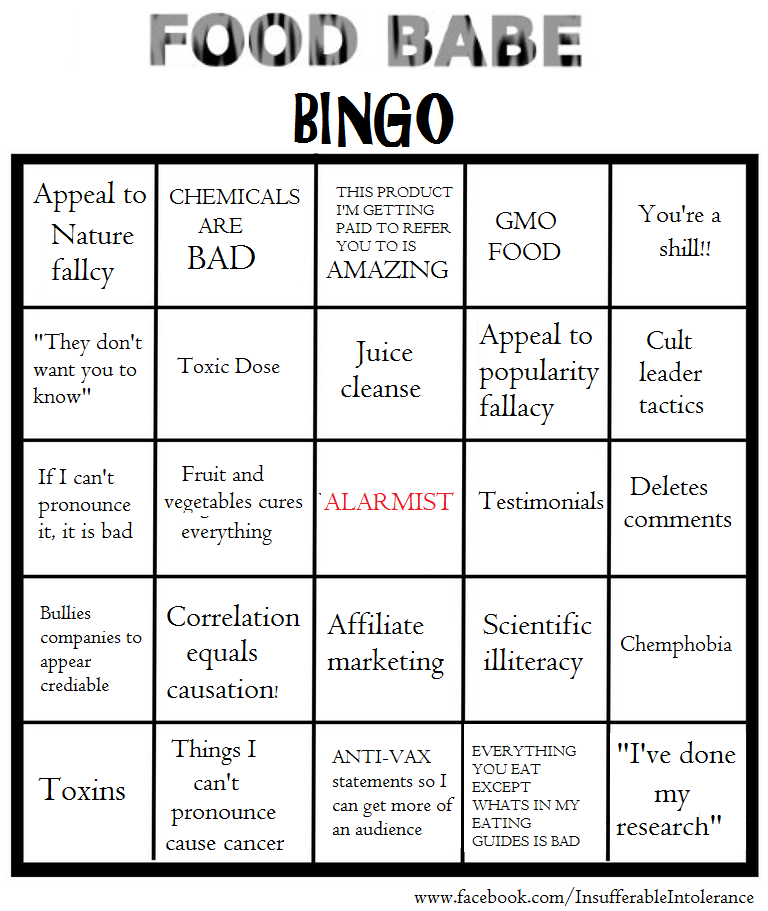
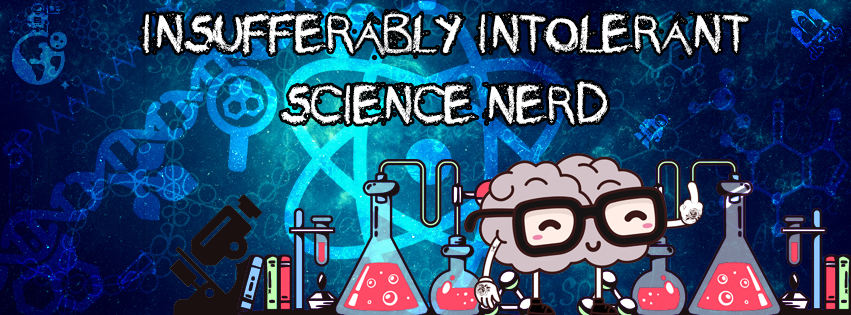
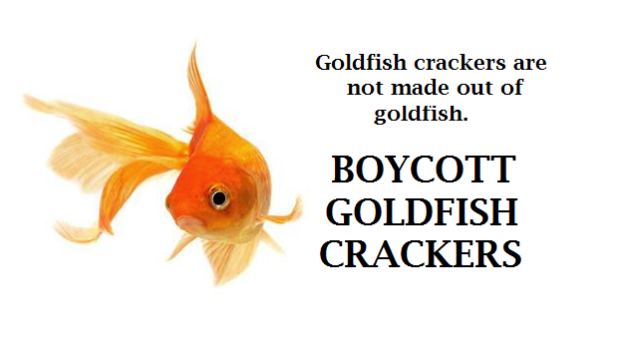
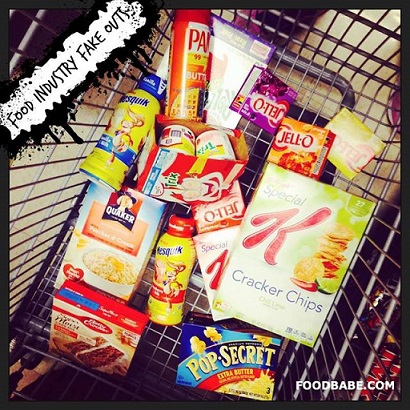

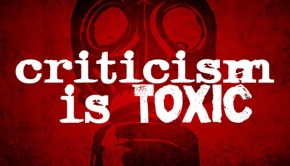
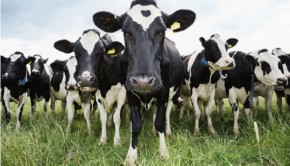
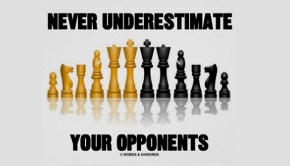
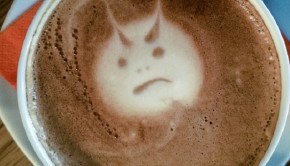
Pingback: » Food Babe on alcohol, toxins and a lack of science
Pingback: » Science Babe vs Food Babe: Facts vs Failing Grade School Science
Pingback: » Food Babe: A different kind of smart